
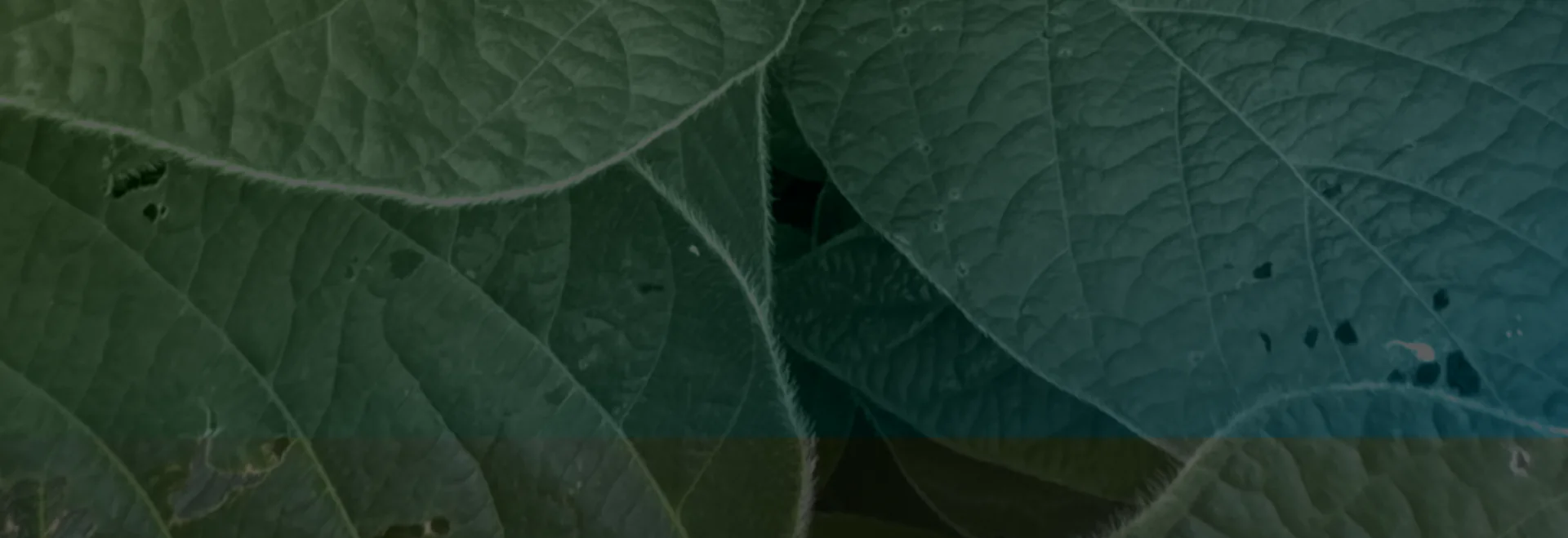
DATE | July 2024
LOCATION | Hiawatha, KS
CROP | Soybeans
THREAT | Disease
MISSION | 1 2 3 4 5 6
Timely action is crucial to managing foliar diseases in soybeans and protecting yield potential.
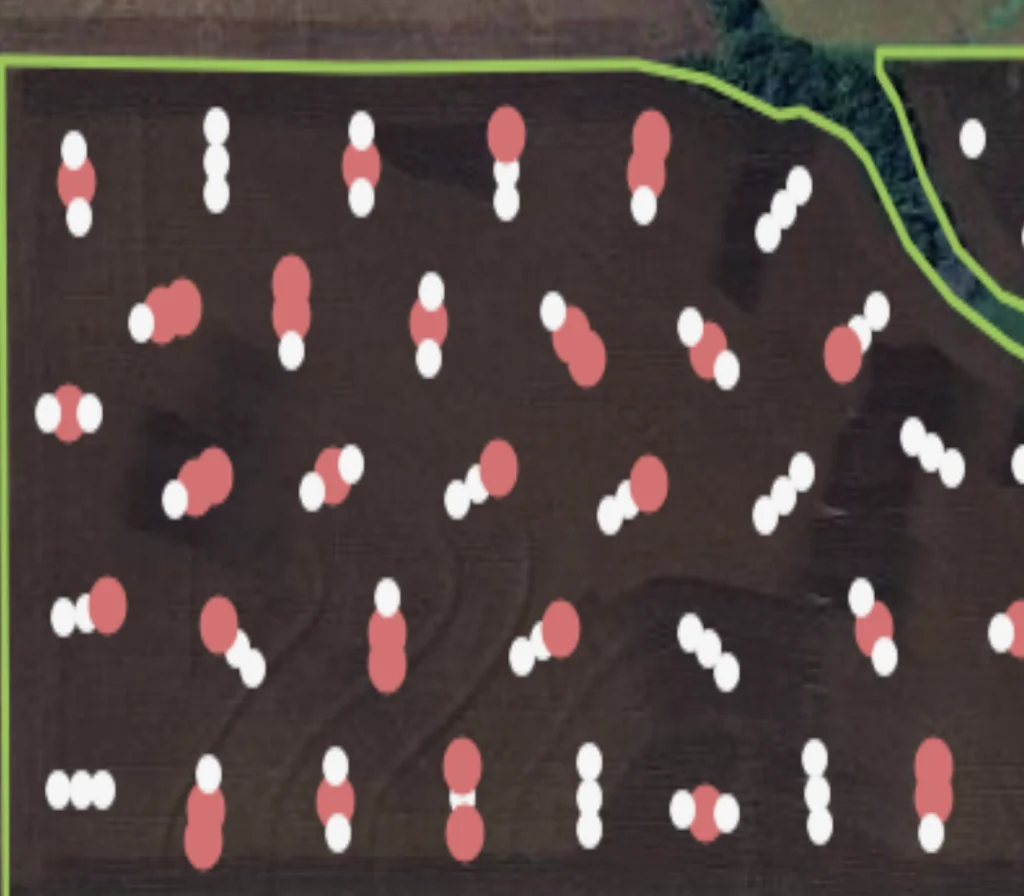
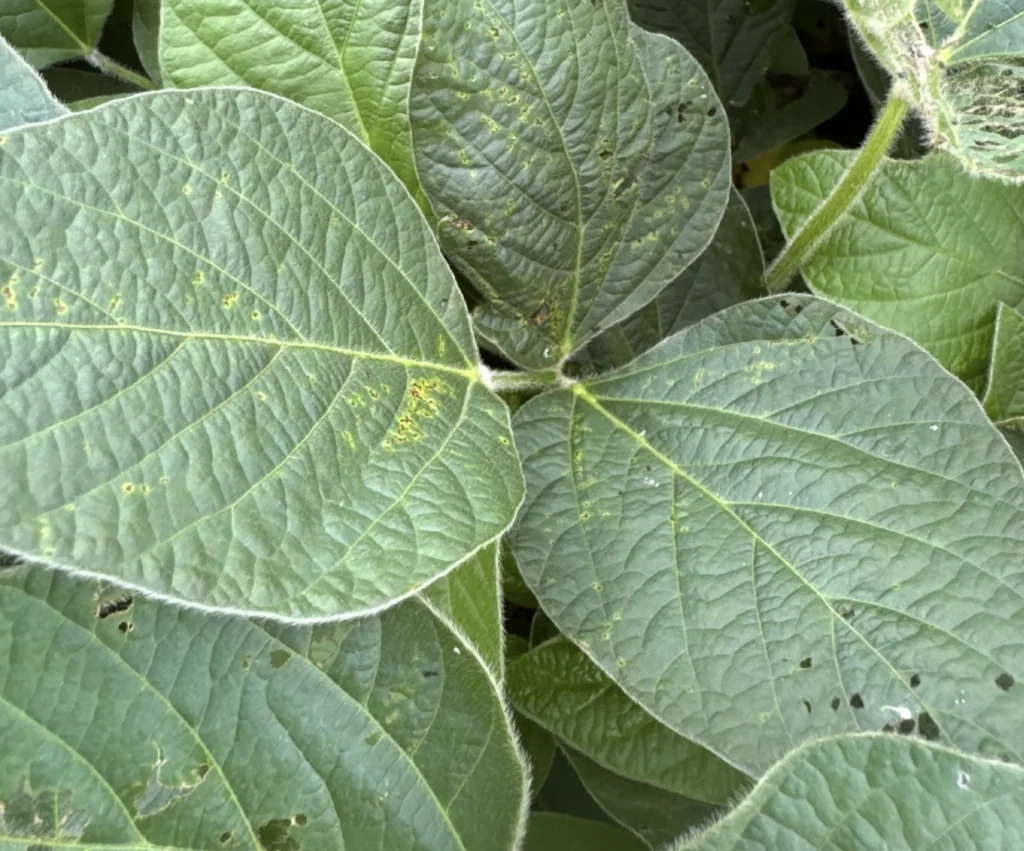
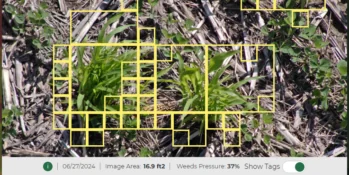
Effectively managing volunteer corn is essential to protect soybean yields and maintain crop health.
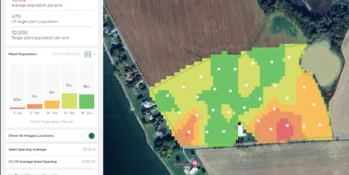
When early-season stand counts indicate potential yield loss, quick and accurate decisions are essential to protecting the bottom line.

Burcucumber left unchecked can cause significant issues late in the season, particularly during spraying and harvesting.